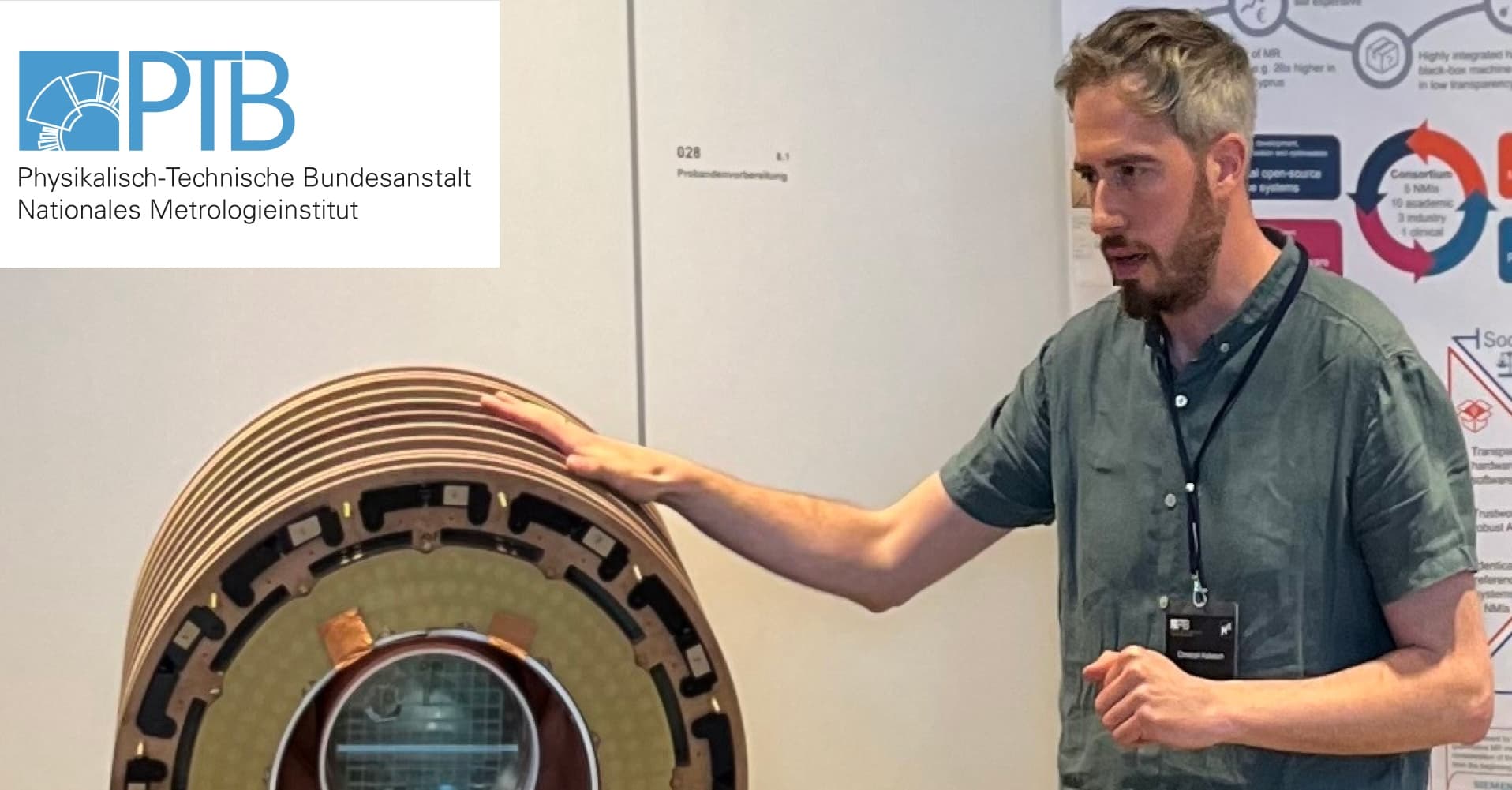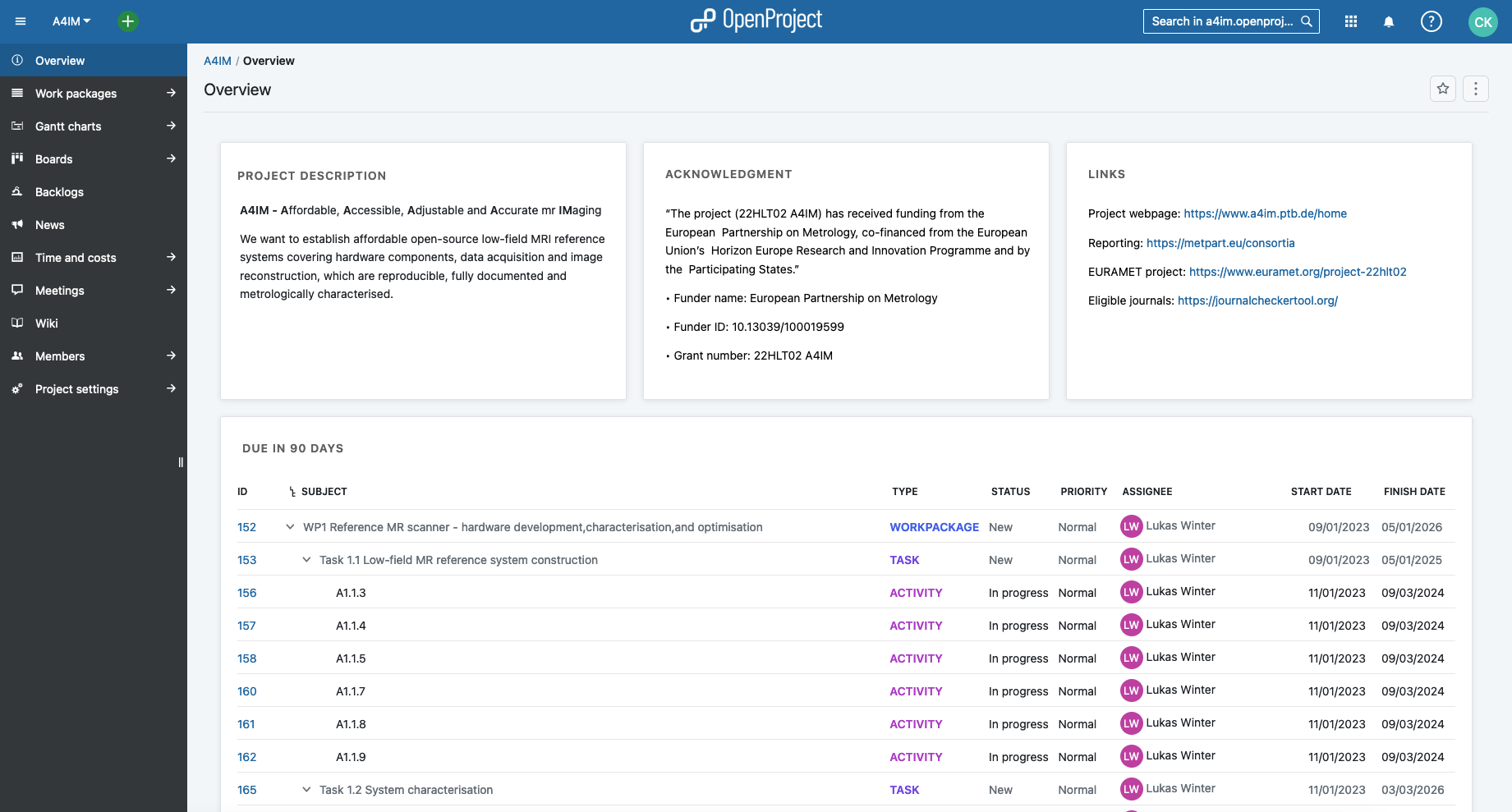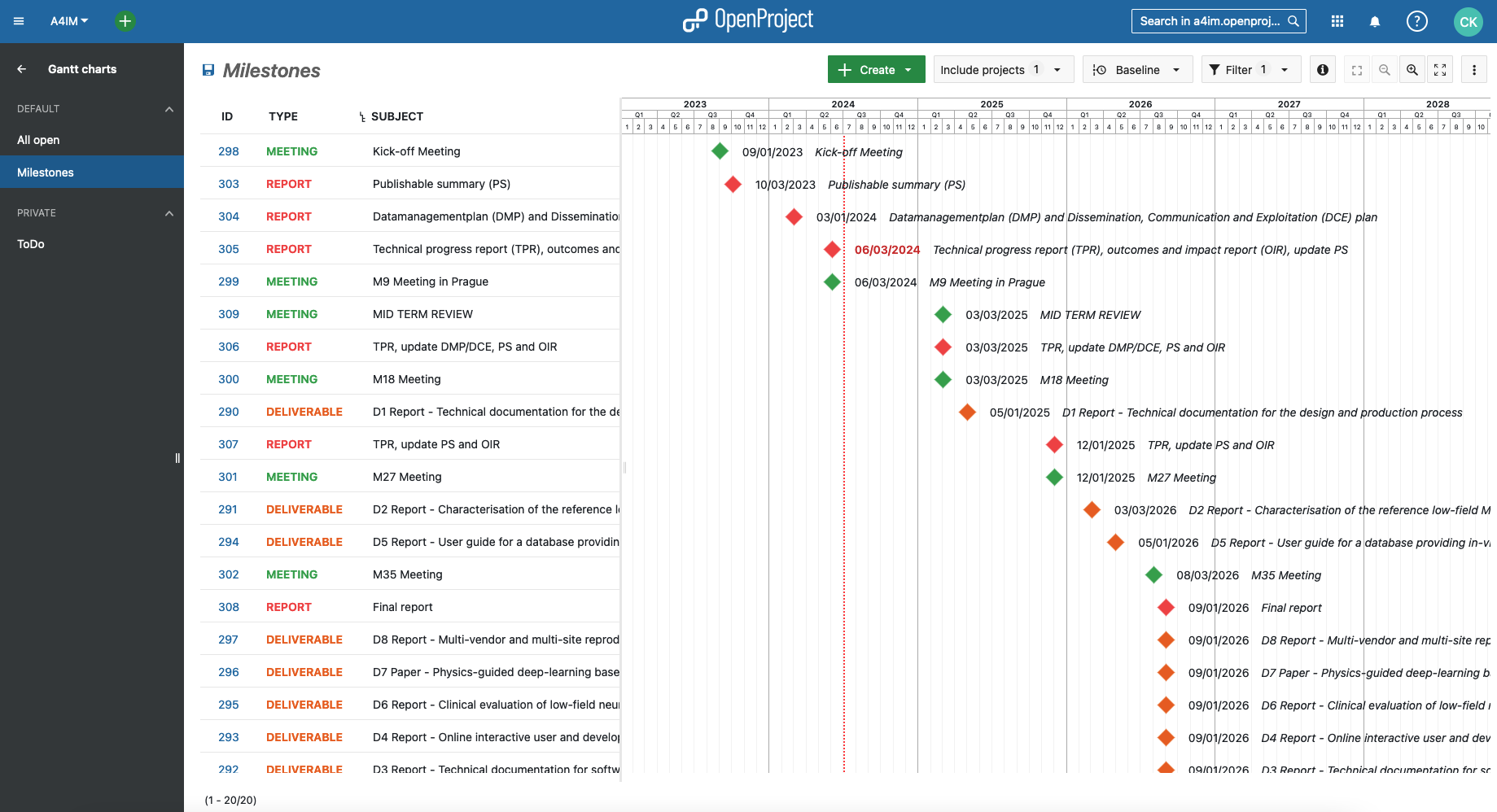
Democratizing Healthcare: Open source MRI for everyone
A need of open source solutions for medical technology
In the field of medical technology, the pursuit of innovation and accessibility has never been more important. Conventional MRI scanners are prohibitively expensive, limiting their availability to financially strong hospitals and clinics. This leaves behind less financially strong countries with inadequate medical equipment.
The high cost and complexity of traditional MRI systems present significant barriers to access. Proprietary technologies often lead to vendor lock-in, expensive maintenance and limited adaptability, especially in resource-poor areas.
Open source technologies and resources in the field of magnetic resonance imaging (MRI) offer a compelling solution to these challenges. By making software, data and hardware designs freely available, open source fosters a culture of sharing and collaboration. This approach lowers costs and ensures that key medical technologies can be adapted to the needs of different healthcare environments.
As a result, open source techniques and resources in the field of magnetic resonance imaging (MRI) have grown significantly in recent years. This trend began with software and data being released as open source, and more recently, open source hardware designs have become increasingly available. These developments towards a culture of sharing and the establishment of non-exclusive global collaborations have already improved the reproducibility and reusability of code and designs while providing a more inclusive approach, especially for low-income countries.
Project A4IM – coordinated by PTB and funded by the EU
Coordinated by the Physikalisch-Technische Bundesanstalt (PTB) and funded by the EU, 19 different organizations and institutes all over Europe are working to develop the open source MRI scanner. A first version of the open source MRI scanner has been presented in 2023: The OSI² ONE. If you are interested, you can watch a promo video of the scanner on youtube. With the new project, called ‘A4IM’ (Affordable, Accessible, Adjustable and Accurate mr IMaging), a fully-characterized reference system shall be implemented for AI-powered image reconstruction. Also, an open source documentation is aiming to be used as a blueprint for regulatory approval. A4IM builds on the great achievements of the Open Source Imaging Initiative (OSI).
The project (22HLT02 A4IM) has received funding from the European Partnership on Metrology, co-financed from the European Union’s Horizon Europe Research and Innovation Programme and by the Participating States.
In order to manage project A4IM, the scientists were looking for a collaboration tool that is also open source and matches the “spirit of the project”, as project manager Christoph Kolbitsch says in an interview. With OpenProject, the team found exactly that and has been officially collaborating on the project since September 2023.
In an interview, Christoph Kolbitsch from PTB tells us more about the project of the open source MRI scanner and how he and the rest of the international project group collaborate with the help of OpenProject.
Note
About PTB: The Physikalisch-Technische Bundesanstalt is Germany’s national metrology institute, responsible for scientific and technical services in the field of measurement. PTB ensures the reliability and accuracy of measurements in various fields, including healthcare, which is crucial for advancements like the open source MRI project.
The goal: Making advanced medical imaging accessible to all
Christoph Kolbitsch, head of the project group in the Medical Imaging department at PTB, is a specialist in magnetic resonance imaging (MRI). He and his team focus on the development of new medical imaging techniques. MRI devices are ideal for looking at the brain, heart, joints and more. They are essential for equipping fully functional hospitals.
The main goal of the A4IM project is to develop an open source MRI device in which all components are freely available and affordable: Construction plans, circuits, software - everything should be downloadable and able to be rebuilt. The entire development is deliberately kept user-friendly, so that even people with simple machines can build the MRI scanner. Every construction step should be simple and easy to understand: Making it accessible for everyone. Repairs in particular, which are often horrendously expensive and complicated with MRI scanners, should be simplified and made possible in financially weak hospitals in the first place.
This is how the team describes the objective of the project:
“We want to establish affordable open source low-field MRI reference systems covering hardware components, data acquisition and image reconstruction, which are reproducible, fully documented and metrologically characterized.”
OpenProject as project collaboration tool
Christoph Kolbitsch on the decision to use OpenProject as a project management and collaboration tool for the A4IM project:
“For our project, it was important to use an open source tool for collaborating with the 19 different organizations to simply match the spirit of our project. We also wanted to be able to modify the software ourselves - which we didn’t need in the end, as OpenProject provides all the features we need.”

OpenProject’s key features that enable smooth coordination between the 19 organizations are:
- Work Packages and Gantt Charts: These tools help organize tasks and milestones and provide a clear visual representation of project progress and deadlines. Learn more about project planning and scheduling with OpenProject.

- Customizable task management: The ability to rename and categorize tasks according to the specific needs of the project is crucial. For example, tasks are structured hierarchically, with work packages at the top, followed by tasks and activities. Other work package types include reports, meetings, and deliverables, which function as milestones in Gantt charts. The team particularly appreciates that they can change the work package type names to fit the terms used in their project plan. Read more about task management with OpenProject.

-
Progress reports: Regular progress reports ensure that all team members are kept up to date on the project status.
-
Excel import: The ability to import data from Excel was a deciding factor for choosing OpenProject, as it saved the team from having to manually input large amounts of data, which would have been too time-consuming. Read more about the Excel synchronization feature in the OpenProject system admin guide.
Through these features, OpenProject has enabled the team to maintain a high level of collaboration and coordination, which is essential to the success of this ambitious project.
By utilizing the power of open source technology, the A4IM project aims to not only create a cost-effective MRI solution, but also set a precedent for future innovation in the medical field. With a focus on accessibility, transparency and collaboration, this project is an important step towards democratizing healthcare and making advanced medical imaging available to all.
How to start collaborating on your project with OpenProject
Are you also in the process of planning a collaboration for a project? With OpenProject you have an open source project and task management system that impresses with security as well as functionality and customization. Start OpenProject with a free 14-day trial – all you need is an email address. You can also install OpenProject on your own infrastructure or upgrade to one of our support plans anytime.
Read more about OpenProject for universities and research and discover similar case studies: /project-management-universities-research/
Sources of this article:
- Open source magnetic resonance imaging: Improving access, science, and education through global collaboration (scientific paper)
- OpenProject Interview with Christoph Kolbitsch (June 28, 2024)
- Report from Hannover Messe 2024


